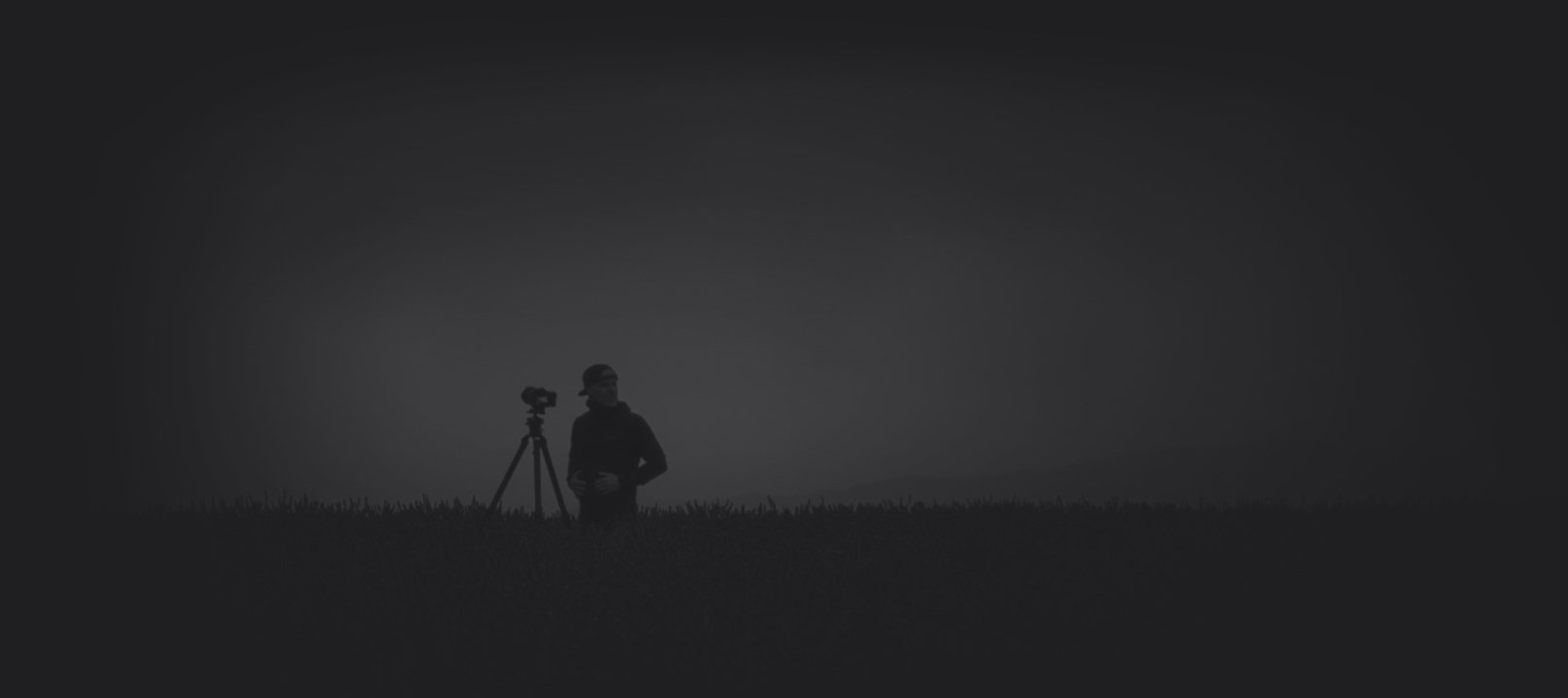Summary: Green is one of the most calming and refreshing colors in interior design, influencing mood, relaxation, and productivity. Whether through wall colors, decor, or fine art photography, incorporating green into a space can create a more balanced and inviting atmosphere. Learn how to use color psychology to enhance your home or workspace.
How Colors Influence Emotions: Color Theory Of Green
Research from the American Psychological Association suggests that colors impact mood, behavior, and productivity. For example:
- Light blue promotes calmness and trust.
- Yellow boosts happiness and energy.
- Green is linked to relaxation, balance, and renewal.
Because of this, interior designers and mental health experts recommend green as a key color for stress-free spaces.
The Psychological Effects of Green
Green is often used in healthcare and wellness spaces because of its calming influence. A study from the National Institutes of Health (NIH) found that green is commonly used in hospitals and clinics to reduce anxiety and nervousness.
Key benefits of green include:
- Relaxation – Helps lower stress levels and promotes calmness.
- Balance – Creates harmony between warm and cool tones.
- Focus – Enhances mental clarity and concentration.
Whether in a home, office, or wellness center, green subconsciously signals peace and stability.
Is Green A Calming Color?
The calming effect of green is rooted in human evolution. Green has always signified life, growth, and safety—a subconscious signal that an environment is nourishing and secure.
- In nature, green represents fertility, health, and renewal.
- Many cultures associate green with prosperity and stability.
- The term “going green” is linked to wellness and sustainability.
A study by the University of Essex found that people who spent time in green environments reported higher energy levels and lower stress.
Even small doses of green—through plants, artwork, or decor—can have a positive psychological impact.
How to Incorporate Green into Your Space
You don’t need to completely redesign your space to experience green’s calming effects. Here are simple ways to introduce green into your interior:
Plants & Greenery – A NASA study found that indoor plants improve air quality and reduce stress. Adding houseplants is one of the easiest ways to bring green indoors.
Fine Art Photography – Nature-inspired artwork featuring forests, landscapes, or botanical scenes can add green hues without repainting.
Accents & Decor – Introduce green cushions, curtains, or rugs to create a subtle, refreshing effect.
Wall Paint & Feature Walls – If repainting, a soft green accent wall can make a space feel serene and inviting.
By strategically placing green elements throughout your home or office, you can maximize its calming impact while keeping the space stylish.
Personalizing Your Color Choices
While green is universally calming, color preferences are also highly personal.
- Some people associate red with energy, while others find it overwhelming.
- Black and dark shades can feel sophisticated or moody, depending on the design.
- Blue and green don’t always have a calming effect for everyone—personal experiences influence emotional responses.
When designing a space, choose colors that resonate with you and support your well-being and creativity.
Conclusion: The Power of Green in Interior Design
Green is a powerful color that can enhance mood, reduce stress, and create balance in any space. Whether through wall color, artwork, or decor, incorporating green can transform a home or office into a more peaceful and inspiring environment.
Explore fine art photography to introduce green into your space: Browse the LIK Fine Art Collection


